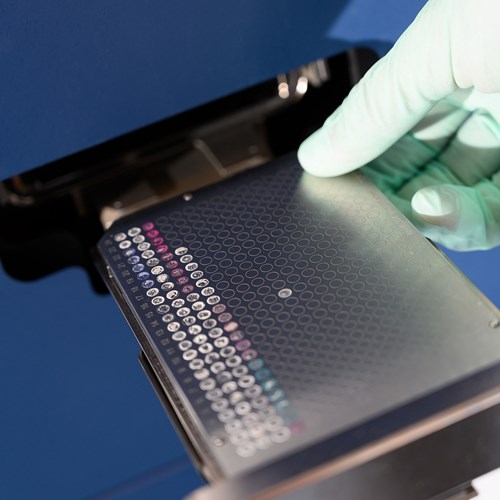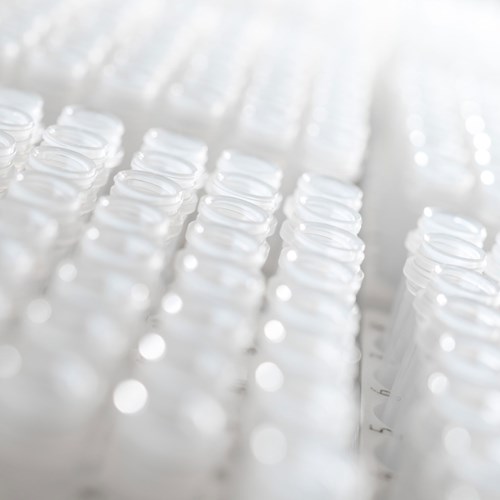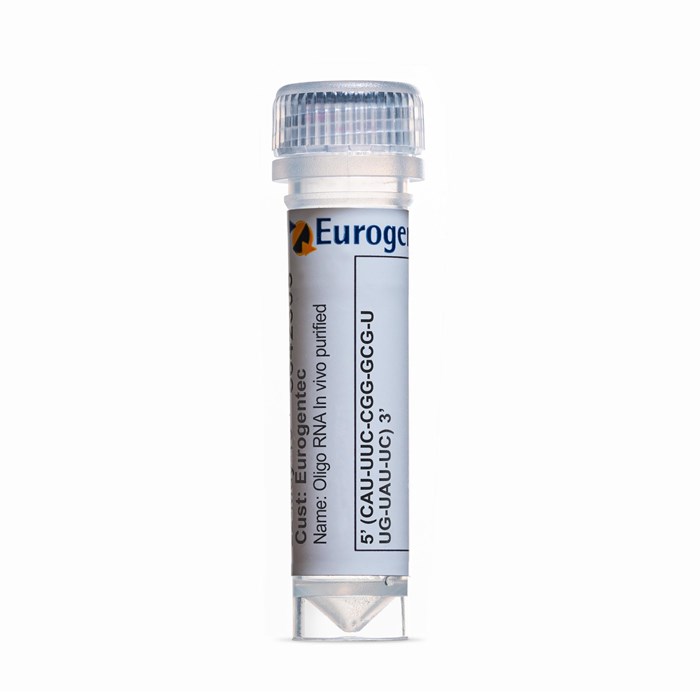Purification process for in vivo oligo - 1 purification
- Cat.Number : PU-IVGR-020
- Manufacturer Ref. :
-
Availability :
In production
In vivo oligonucleotides are the smart choice for antisense oligonucleotides or siRNA testing at a research level before entering into pre-clinical studies.
The production process of in vivo oligonucleotides includes the following steps: HPLC purification, desalting, sterile filtration and lyophilization. The specific production process has been endotoxin tested in order to ensure in vivo oligonucleotides are suitable for animal research. Endotoxins were undetectable using a chromogenic LAL endotoxin assay.
This purification process is only available for oligonucleotides shorter than 40 nucleotides.
Modified bases such as 2’OMe, LNA or MOE bases are available. Up to 5 Phosphorothioate linkages can be included in order to increase nuclease resistance and oligo stability.
Ion-Exchange HPLC
Each oligonucleotide differs in its charge based on its specific sequence. This charge difference in oligonucleotides is exploited by using anion-exchange chromatography to separate with high resolution, the full-length oligonucleotides from truncated forms.
Desalting
Following HPLC residual salts like TEAA and smaller molecules are removed by Size-exclusion chromatography. This step is crucial in order to reduce toxicity to living organisms or cells. Osmolarity: < 100 mOsm/Kg
Filtration
After desalting oligonucleotides are 0.22 µm sterile filtered. Please note that in vivo purified oligonucleotides are not sterile certified.
Lyophilization
All in vivo oligonucleotides are lyophilized and shipped dried.
Specifications
| Quantity & Purity | |
| Purity |
|
|---|---|
| Activity | |
| Usage |
|
| Codes | |
| Code Nacres |
|
You may also be interested in the following product(s)



